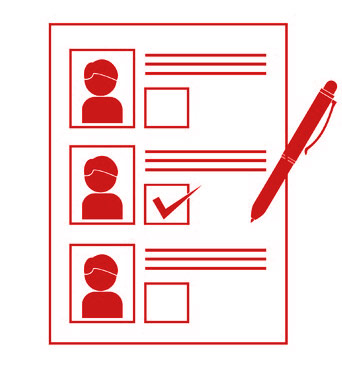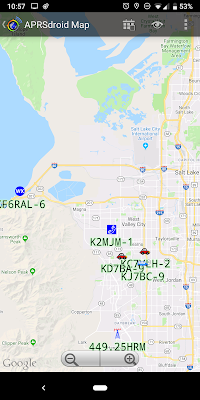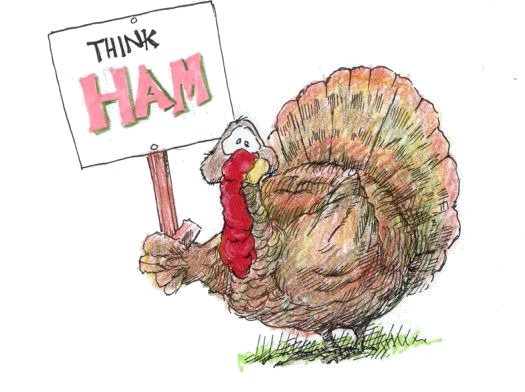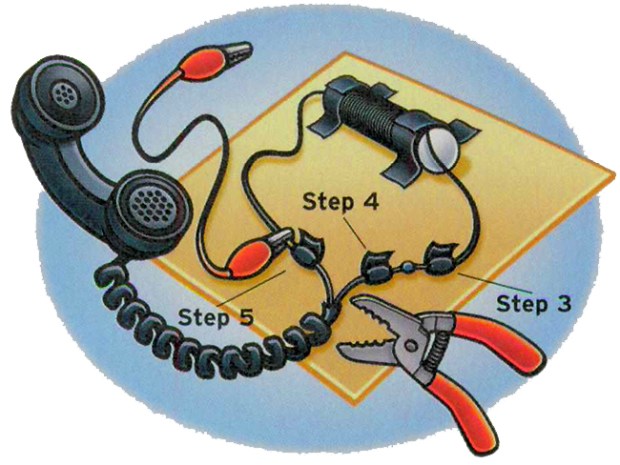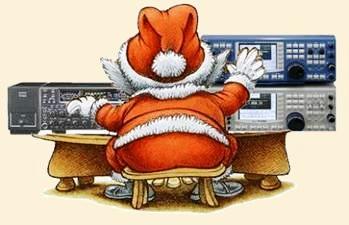 Merry Christmas everyone! Hope you find something shiny under the Christmas tree this year! Looking forward to working with all you during the upcoming year.
Merry Christmas everyone! Hope you find something shiny under the Christmas tree this year! Looking forward to working with all you during the upcoming year.WVCARC Board
A Ham's Night Before Christmas
'Twas the night before Christmas,
And all through two-meters,
Not a signal was keying up
Any repeaters.
The antennas reached up
From the tower, quite high,
To catch the weak signals
That bounced from the sky.
The children, Tech-Pluses,
Took their HT's to bed,
And dreamed of the day
They'd be Extras, instead.
Mom put on her headphones,
I plugged in the key,
And we tuned 40 meters
For that rare ZK3.
When the meter was pegged
by a signal with power.
It smoked a small diode,
and, I swear, shook the tower.
Mom yanked off her phones,
And with all she could muster
Logged a spot of the signal
And the DX Packet Cluster,
While I ran to the window
And peered up at the sky,
To see what could generate
RF that high.
It was way in the distance,
But the moon made it gleam -
A flying sleigh, with an
Eight element beam,
And a little old driver
Who looked slightly mean.
So I thought for a moment,
That it might be Wayne Green.
But no, it was Santa,
The Santa of Hams.
On a mission, this Christmas,
To clean up the bands.
He circled the tower,
Then stopped in his track,
And he slid down the coax
Right into the shack.
While Mom and I hid
Behind stacks of CQ,
This Santa of hamming
Knew just what to do.
He cleared off the shack desk
Of paper and parts,
And filled out all my late QSLs
For a start.
He ran copper braid,
Took a steel rod and pounded
It into the earth, till
The station was grounded.
He tightened loose fittings,
Resoldered connections,
Cranked down modulation,
Installed lightning protection.
He neutralized tubes
In my linear amp...
(Never worked right before-
Now it works like a champ).
A new, low-pass filter
Cleaned up the TV.
He corrected the settings
In my TNC.
He repaired the computer
That would not compute,
And he backed up the hard drive
And got it to boot.
Then, he reached really deep
In the bag that he brought,
And he pulled out a big box.
A new rig? I thought!
A new Kenwood? An Icom?
A Yaesu, for me?!
(If he thought I'd been bad
It might be QRP!)
Yes! The Ultimate Station!
How could I deserve this?
Could it be all those hours
That I worked Public Service?
He hooked it all up
And in record time, quickly
Worked 100 countries,
All down on 160.
I should have been happy,
It was my call he sent.
But the cards and the postage
Will cost two month's rent!
He made final adjustments,
And left a card by the key:
"To Gary, from Santa Claus.
Seventy-Three."
Then he grabbed his HT,
Looked me straight in the eye,
Punched a code on the pad,
And was gone - no good-bye.
I ran back to the station,
And the pile-up was big,
But a card from St. Nick
Would be worth my new rig.
Oh, too late, for his final
Came over the air.
It was copied all over.
It was heard everywhere.
The Ham's Santa exclaimed
What a ham might expect,
"Merry Christmas to all,
And to all, good DX."
(c)1996 Gary Pearce KN4AQ
Permission granted for any print
or electronic reproduction.

